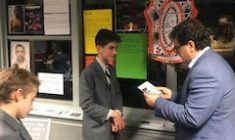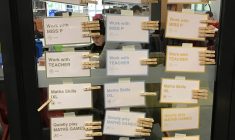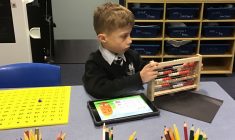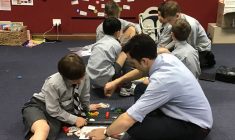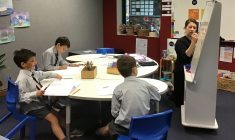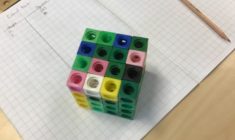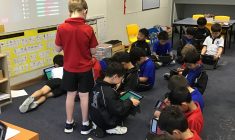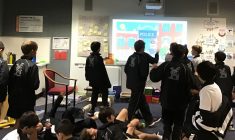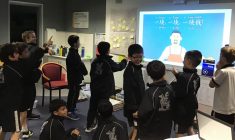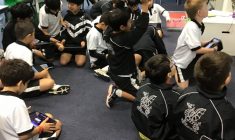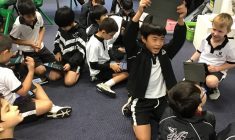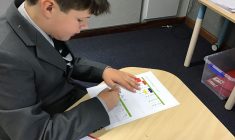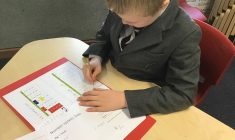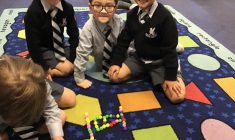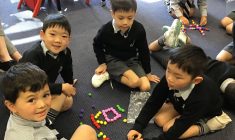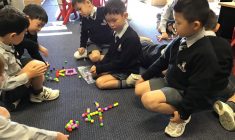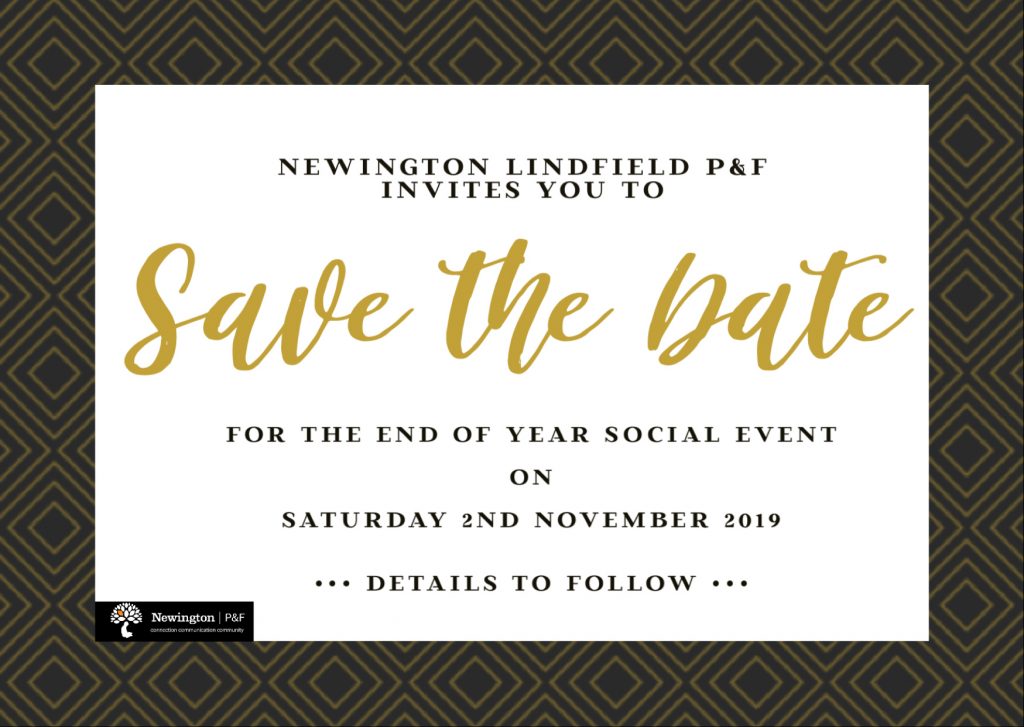From the Head of Lindfield
How to Avoid Raising Unethical Brutes
As a parent, I strive to raise principled, caring children, though often my aspiration does not match my reality. In a previous Prep Talk, I wrote an article about ways to develop a strong, moral compass in our children. The answer was a framework of clear family values, good role modelling, sharing wisdom and experience and plenty of open discussions around big issues.
The missing piece in the framework is the way we talk and interact with our children. We can do all these things mentioned above but the responses and attitudes of our children may still be wanting. Often negative interactions at home are a response to the way we, as parents, frame our child’s actions and dispositions. As a parent, we need to be mindful and conscious of the way we speak with our children. There was an interesting NY Times article by Adam Grant that focused on this issue. I have inserted the Marshall Memo summary of his ideas below.
What does it take to raise a compassionate, moral child? Researchers have found that worldwide, this is parents’ number one priority – instilling caring is more important to them than their children’s achievement. But how much difference do parents make in this area? Are some children born good-natured and others mean-spirited? Studies of twins suggest that between one-quarter and one-half of people’s propensity to be kind is inherited – which means that parents and the environment account for up to three-quarters. Drawing on the psychological research, Grant has these suggestions for adults working with children:
- Praise is more effective than rewards. If we want to reinforce caring, “Rewards run the risk of leading children to be kind only when a carrot is offered, whereas praise communicates that sharing is intrinsically worthwhile for its own sake,” says Grant.
- With children around 8 years old, praise character, not actions. Say, for example, “You’re a very nice and helpful person,” which leads children to internalize being helpful as part of their identity. However, this approach doesn’t work with younger children, who haven’t formed a stable sense of self, and with children 10 and older, there’s no difference in whether they’re praised for character or actions.
- Nouns work better than verbs. It’s better to encourage a child to “be a helper” than “to help,” and it’s better to say, “Please don’t be a cheater” than “Please don’t cheat.” Grant explains: “When our actions become a reflection of our character, we lean more heavily toward the moral and generous choices. Over time it can become part of us.”
- With bad behavior, evoke guilt, not shame. “Shame is the feeling that I am a bad person, whereas guilt is the feeling that I have done a bad thing,” says Grant. “Shame is a negative judgment about the core self, which is devastating; shame makes children feel small and worthless, and they respond either by lashing out at the target or escaping the situation altogether. In contrast, guilt is a negative judgment about an action, which can be repaired by good behavior. When children feel guilt, they tend to experience remorse and regret, empathize with the person they have harmed, and aim to make it right.” When parents get angry, withdraw their love, and threaten punishments, children feel shame and believe they’re bad people. Some parents are so worried about this dynamic that they fail to discipline their children – which can get in the way of moral development.
- With bad behavior, say you’re disappointed. “ Expressing disappointment, explaining why the behavior was wrong, how it affected others, and how they can rectify the situation,” says Grant, “enables children to develop standards for judging their actions, feelings of empathy and responsibility for others, and a sense of moral identity, which are conducive to becoming a helpful person. The beauty of expressing disappointment is that it communicates disapproval of the bad behavior, coupled with high expectations and the potential for improvement: ‘You’re a good person, even if you did a bad thing, and I know you can do better.’”
- Model caring and generous behavior. Studies have shown that children pay more attention to what adults do than what they preach. “Children learn generosity not by listening to what their role models say, but by observing what they do,” says Grant.
Each stage of your son’s development brings new challenges, joys and opportunities. As a parent it can seem overwhelming. The essence of the research is that the way you interact with your son builds their worldview and perception of who they are as a person. Parenting is learned through trial and error but good modelling, effective praise and positive character reinforcement is important in the development of your son. Done well, you are more likely to create an environment where your son’s kindness and compassion can thrive.
“Raising a Moral Child” by Adam Grant in The New York Times, April 13, 2014 (p. SR1, 6-7), http://www.nytimes.com/2014/04/12/opinion/sunday/raising-a-moral-child.html?_r=0
Tips on Raising Caring Children by Kim Marshall in Marshall Memo 553, April 21, 2014
Ben Barrington-Higgs






